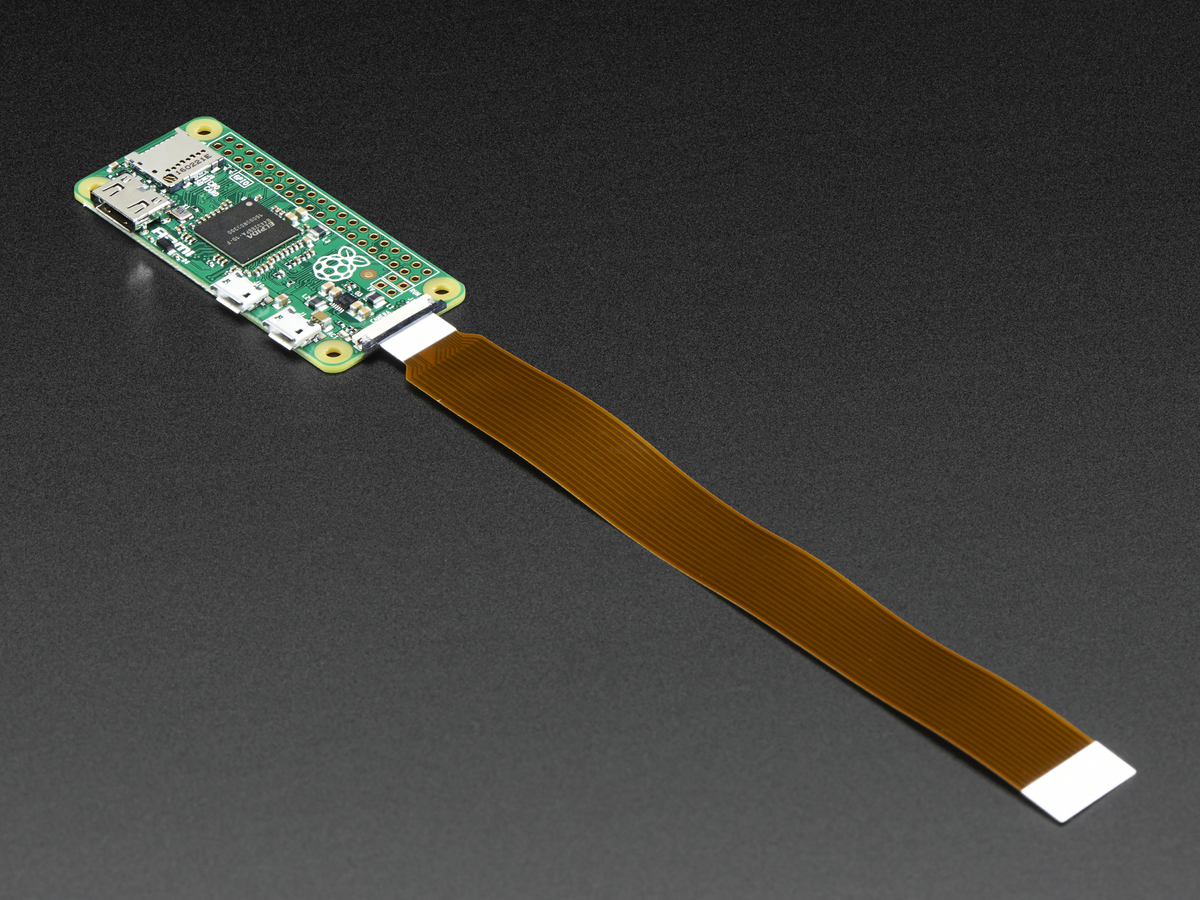

As of this writing, the newest version was 20190427.

If you want to use a webcam without a camera serial interface (CSI) connector―like the official Pi camera―you'll also need an OTG USB adapter. During setup, the monitor allowed me to see where things weren't booting correctly. Using a monitor isn't necessary, but it turned out to be very helpful.

I also used a monitor (with a mini HDMI adapter) for troubleshooting purposes. For storage, I used a 16 GB SD card, with power provided via a 2.5 amp Micro USB power supply. For this build, I chose the Raspberry Pi Zero W because of its low price and compact size, along with a Pi Camera V2.1. To use MotionEyeOS, you'll need a Raspberry Pi board with Wi-Fi capabilities (or a Wi-Fi dongle) and a camera. The official Raspberry Pi Zero case includes space for a camera. While the HDMI and OTG USB adapter aren't strictly necessary, they can be quite helpful.


 0 kommentar(er)
0 kommentar(er)
